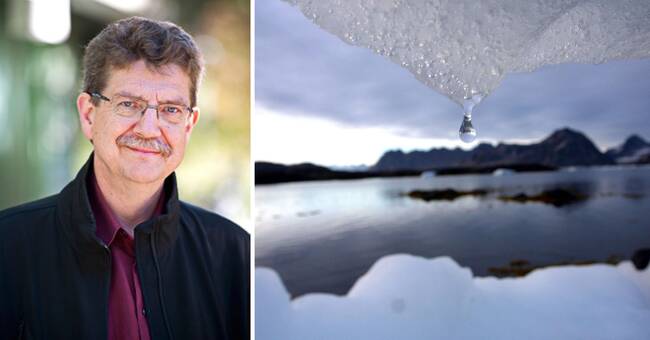Using satellite data, scientists were able to see that the earth has lost 28 trillion tonnes of ice since 1994 - the equivalent of a 100-meter-thick ice sheet as large as Britain.
It shows a new study published in the journal Cryosphere.
- The study is unique because they have looked at all forms of ice around the world.
So it is an extensive inventory of sea ice, glaciers, inland ice and shelf ice, says Michael Tjernström, professor of meteorology.
The researchers also discovered that the speed of ice melting has increased by 57 percent since the 1990s.
The largest losses of ice are at the poles - Antarctica and the Arctic.
- It is serious because it is a sign that climate change affects all parts of the system, says Michael Tjernström.
Surprisingly much melts in the southern hemisphere
57 percent of the melting takes place in the northern hemisphere and 42 percent takes place in the southern hemisphere.
- That the sea ice has disappeared in the Arctic and that it is melting in Greenland, we have had quite a good look at before.
But that as much as 40 percent of the total melting takes place in the southern hemisphere was a surprise to me, says
Melting ice on the earth leads to increased sea levels and an increased risk of flooding in coastal cities.
It also threatens the habitats of animals and plants.

